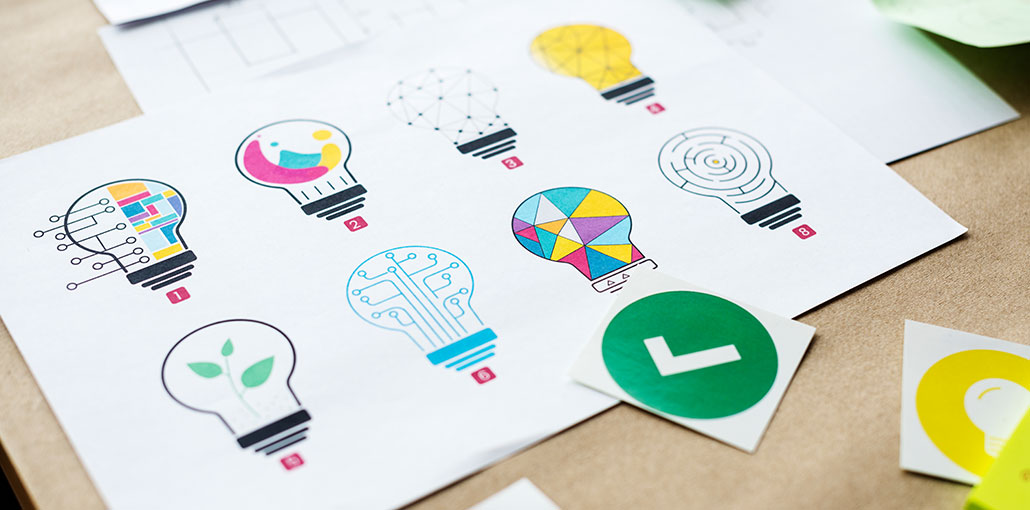Design solutions are achieved via the use of innovative problem-solving techniques. Questions, information collecting, dealing with information, and generating choices allow the developer to provide the best possible solution design for their clients. When confronted with a design dilemma, designers are taught to use this methodology.
Solutions are a part of living in the corporate world. Companies strive to solve the issues of their consumers, but in order to do so, they must first overcome a number of their own challenges.
Solutions are rarely straightforward. They must be quick, inexpensive, and of high quality – but they are rarely all three at the same time. In addition, they must be widely accepted within the company to be effective. If this is not the case, it will be difficult to convince employees to rally around a shared aim.
To put it another way, solutions must be built in a way that is accessible to everyone while still optimizing speed, affordability, and overall quality. We refer to design solutions as visual representations of business solutions produced as a result of the process of identifying business solutions.
What Exactly Is Design Solutions?
Design solutions, to put it plainly, are high-level visual representations of business solutions that explain how a firm will decrease the time and cost of solution implementation while simultaneously increasing the quality of the solution.
It’s necessary to keep in mind that the design does not reflect the real solution; rather, it represents the visual representation of the answer. Like an architect’s blueprints, the product is the building itself; the blueprint, on the other hand, serves to create the design for that result.
Design solutions are available in a variety of formats, including charts, visualizations, interactive visualizations, timelines, waterfall charts, and combo charts; however, the flow chart is by far the most popular format used in business.
Also read: 8 Common Graphic Design Tasks You Need to Automate Right Now
How to Adapt Your Design Solutions to the Right Context
Determine the Time Frame You Want to Reach
Make sure that you properly define your solution and that you have the backing of all the stakeholders involved in order for it to be implemented on time.
Decide The Budget You Have to Work With
It’s all about the money these days. Set a budget for your idea so that you can see precisely how much it will cost to implement it.
Decide on the Quality Criteria That Will Be Used
Do you know what your important stakeholders are expecting from you? Specifically, are they seeking a quick fix or a long-term solution?
Make a List of All the People Who Will Be Affected by the Project and Their Needs
Ask yourself if there are other factors that are relevant to shareholders? Is there a certain design your supervisor is looking for in this solution? Is availability or efficiency more important to him/her?
List Your Assumptions
The best way to do this is to describe the situation to a coworker and get feedback on your assumptions. Allow your coworkers to convey the problem to you so that you can see what assumptions they are basing their solutions on.
Consider Each and Every One of Your Options
While this may seem like a no-brainer, it’s surprisingly uncommon. It’s been found that when individuals come up with a solution, they tend to rush to implement it rather than investigate whether there is a better one out there.
Consider All Possibilities Before Coming up With a Solution
Consider all of the possible approaches to solve the problem, regardless of their cost or availability, before making a decision. This strategy nearly always results in the generation of at least one good idea.
Also read: Top 10 Prototyping Tools for UI/UX Designers
What Are The Benefits Of Design Solutions?
Here are some of the benefits of design solutions:
- The project manager serves as a one-stop reference and guides the numerous stakeholders engaged in the solution implementation throughout the duration of the project.
- Describes the relationship between business requirements and various parts of the solution that will be implemented.
- The document describes the solution’s functional overview as well as its technological architecture.
- Ensures that everyone involved in the development process understands what they’re working on, including the testing team, and that everyone involved in the testing process understands what they’re working on.
- Contributes to the development of cost, timeframe, and resource estimations for the project’s implementation.
- It serves as a starting point for change management.
- Iteration in a short period of time.
- Obtaining targeted feedback from important stakeholders will enable the selection process to explore a wider variety of alternative options throughout the selection phase.
- Find the best solutions, compete for business interests, stay away from your own personal biases.
- It prevents the selection of the initial concept when a superior thought may have presented itself later on down the line.
- Include confusing components of the problem in order to identify previously unknown parameters and alternate techniques.
Conclusion
It is necessary to study and understand how people engage with brands, products, and services, as well as the conditions in which they function, in order to enhance the items as companies like Altamira develop and sell. It is through the issue-generation process that we may generate concepts that are true representations of the real limitations and features of the problem under consideration.
Designers and engineers use design solutions to prototype and evaluate their goods and services, therefore uncovering new methods to improve the product (or service), the design (or both), or the design itself. A design solution is an approach to issue solving that is solution-oriented.










Leave a comment